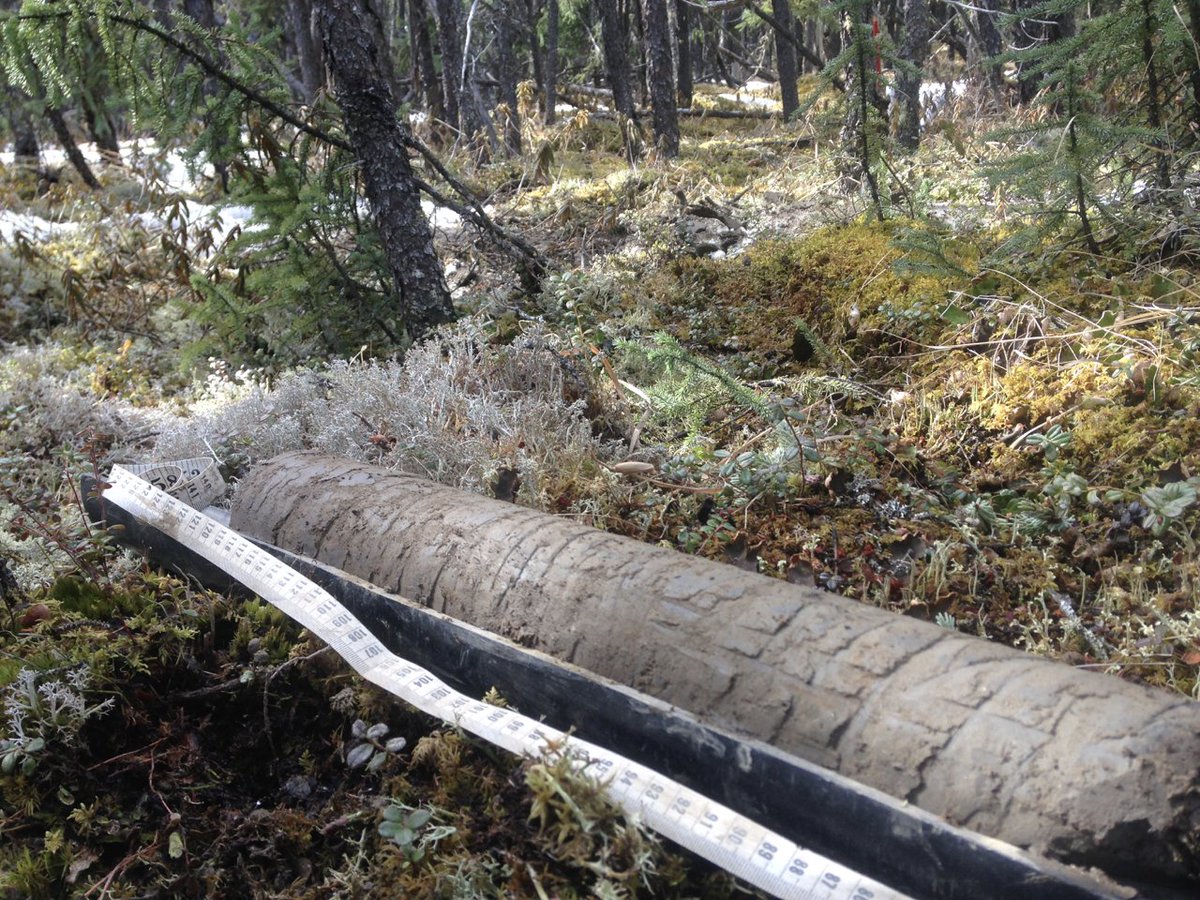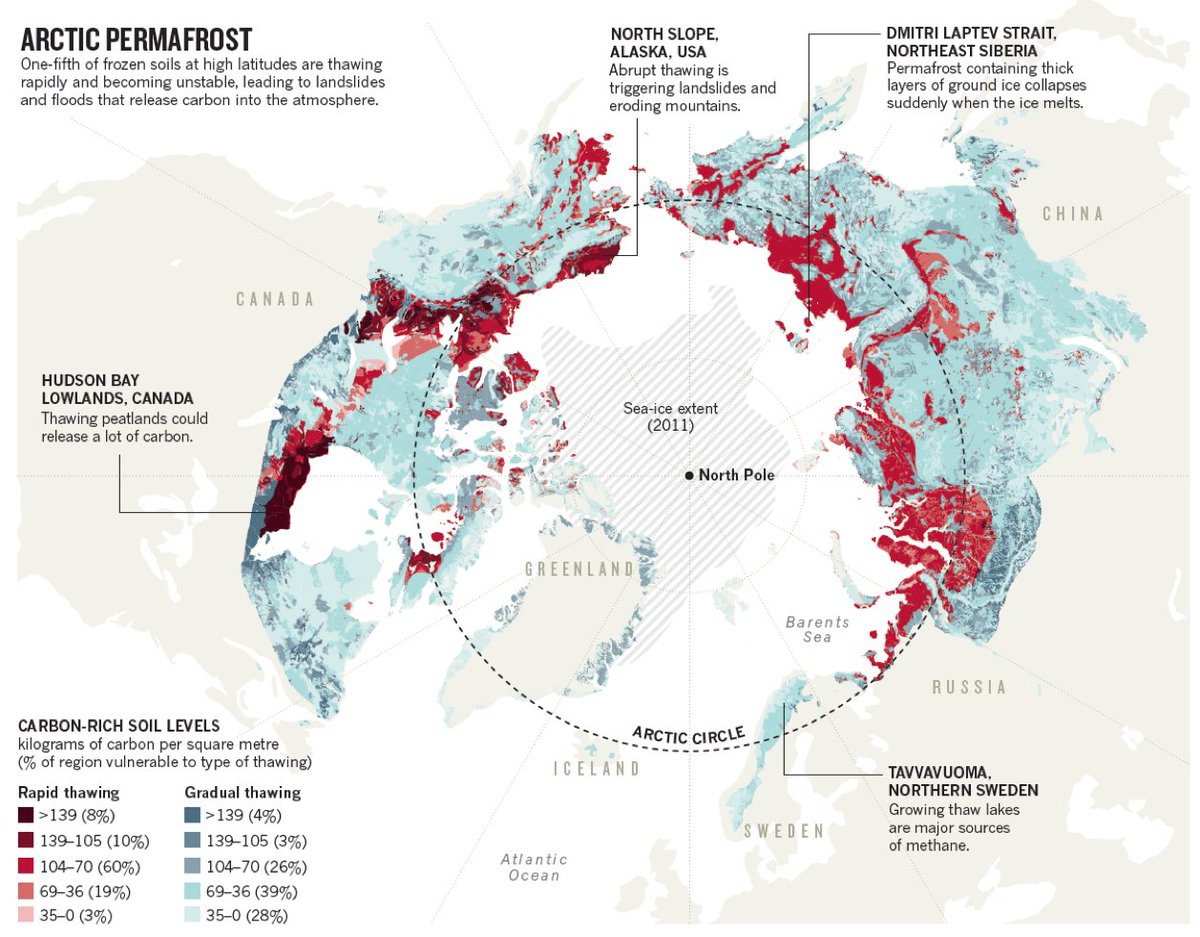Fire Facts from a Boreal 🔥 Ecologist to help you understand what is really going on in Canada.
Fire Fact 1: The term “forest fire” is misleading in boreal regions. Also burning are peatlands and permafrost ecosystems, which store LOTS of ancient carbon. 1/
Fire Fact 1: The term “forest fire” is misleading in boreal regions. Also burning are peatlands and permafrost ecosystems, which store LOTS of ancient carbon. 1/
https://twitter.com/jmartell1988/status/1667579342610747394
Fire Fact 2: We tend to picture crown fires, with flames leaping up into tall trees. However, the majority of what burns and fuels boreal fires is ON THE GROUND. More than 80% of what burns and emits greenhouse gas is moss, peat, and litter. 2/ 

Fire Fact 3: 🔥 connects the world in complex ways. Smoke is transported globally and affects lung health for millions. Smoke and soot travel to the Arctic, speeding up ice melt. Arctic melt created the conditions for extreme burning in 🇨🇦 and widespread smoke plumes. Wow. 3/
https://twitter.com/ryanmaue/status/1667214470576238593
Fire Fact 4: Wildfire is needed for renewal but severe fire is a stress on ecosystems and society. And yet, when nations and communities are in need, fire brings us together and brings out the good in humanity. Please watch with sound up!! 4/
https://twitter.com/benphillips76/status/1666894559333216256
Fire Fact 5: There are three main types of 🔥 ignitions in the boreal region.
1) Lightning
2) People
3) Zombie (overwintering) fires.
Guess what? They are ALL on the rise. Check out the video below about our hunt to find the zombie fires in NW Canada. 5/
1) Lightning
2) People
3) Zombie (overwintering) fires.
Guess what? They are ALL on the rise. Check out the video below about our hunt to find the zombie fires in NW Canada. 5/
Fire Fact 6: There is a lot of permafrost (frozen ground) in Canada. It is thawing because of climate change. Wildfire is like adding salt to the wound, and will cause more rapid thaw and ground instability like sink holes and landslides. 6/
Fire Fact 7: Fire & permafrost are locked in an intimate dance of feedbacks. Permafrost promotes ground fuel buildup but limits depth of ground fuel burning. Fire opens up the canopy, changing soil temps & snow depth. It’s difficult for me to think about one w/out the other. 7/ 

Final Fire Fact is more of a story. Fire and black spruce also share an intimate dance together. Fire began to shape forest succession in 🇨🇦 and Alaska 1000s of yrs ago, when climate was cool and wet. 8/
Fire spread because of black spruce. One species affecting a massive disturbance regime- amazing! This speaks to a bigger issue. If you come across anyone saying that human ignited fires are not being influenced by climate change, they do not understand fuel Fuel FUEL. Merci. 9/9 

Thanks to those who let me know I made a mistake including this retweet in my thread. I should have emphasized broader feedbacks between climate, weather, and fire conditions, which are complex and fascinating.
• • •
Missing some Tweet in this thread? You can try to
force a refresh













